Membrane Transporter/Ion Channel
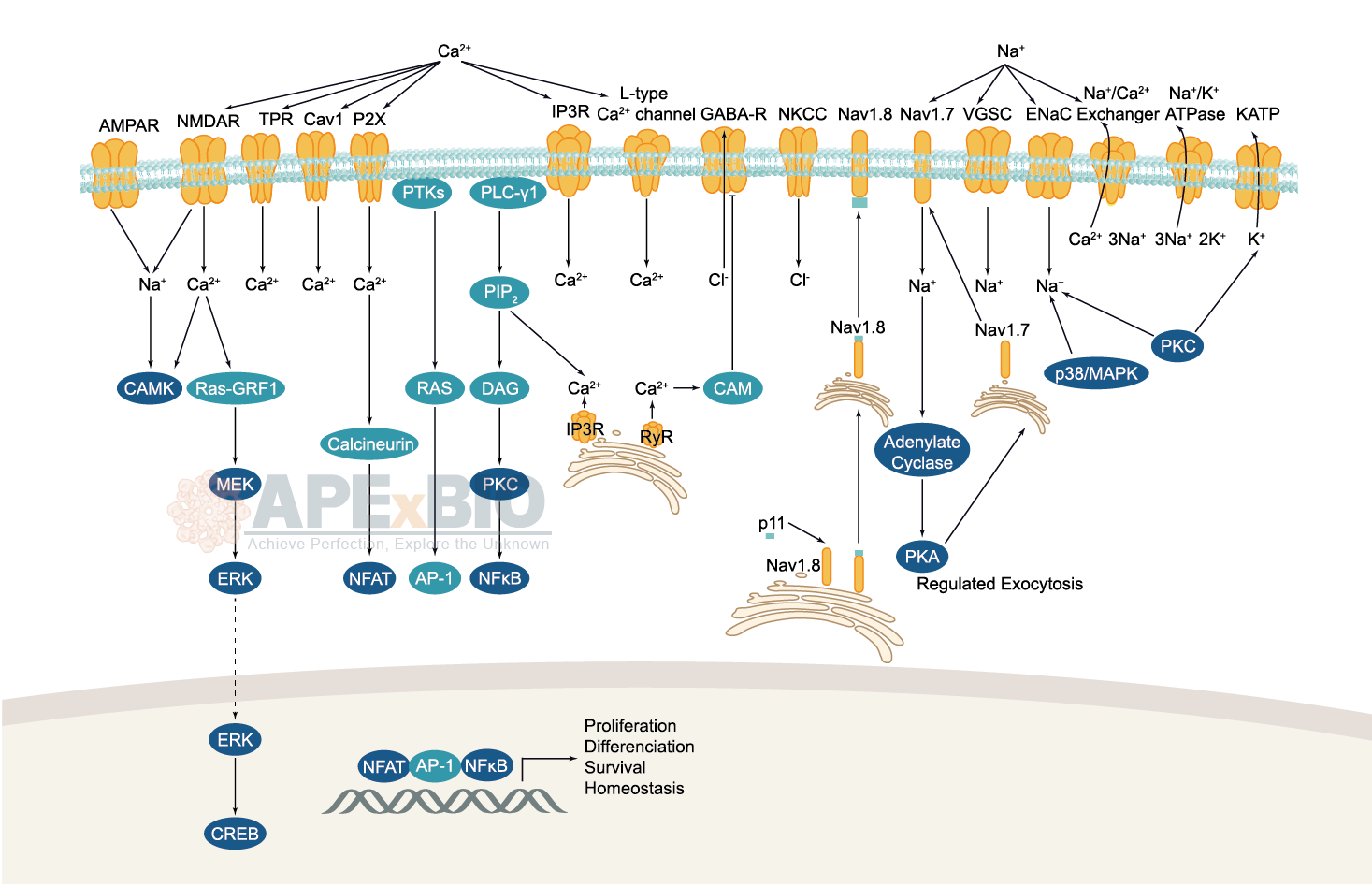
Ion channels are pore-forming membrane proteins which allow the flow of ions across the membrane. The ion channels can be broadly grouped into six families including calcium channels, chloride channels, potassium channels, sodium channels, gap junction proteins and porins. Not all ion channels are gated, such as certain type of K+ and Cl– channels, transient receptor potential superfamily of cation channels, the ryanodine receptors and the IP3 receptors, but most Na+, K+, Ca2+ and some Cl– channels are all gated by voltage. Ligand-gated channels are regulated in response to ligand binding (e.g. neurotransmitters signaling). These ligand-gated neurotransmitter receptors are known as ionotropic receptors. Various neurotransmitters couple to ionotropic receptors such as glutamate, acetylcholine, glycine, GABA, and serotonin.
-
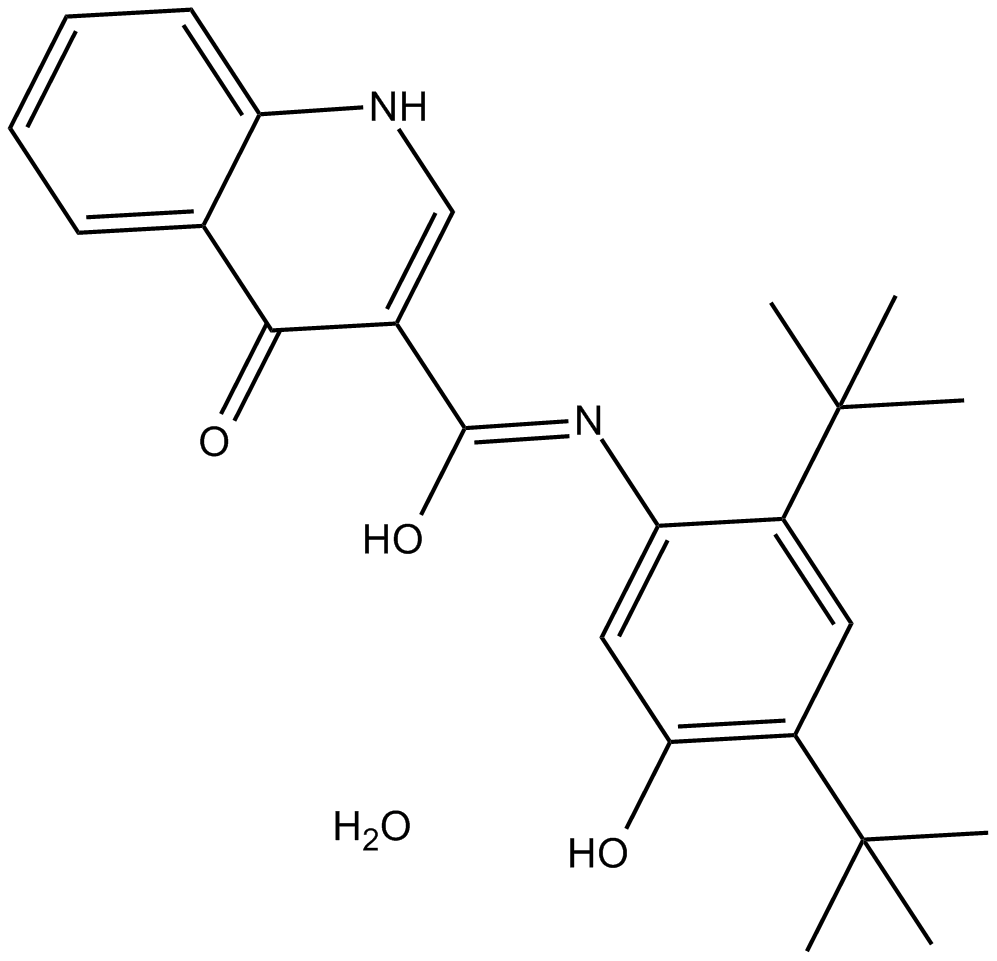 A3511 Ivacaftor hydrateSummary: CFTR Potentiator
A3511 Ivacaftor hydrateSummary: CFTR Potentiator -
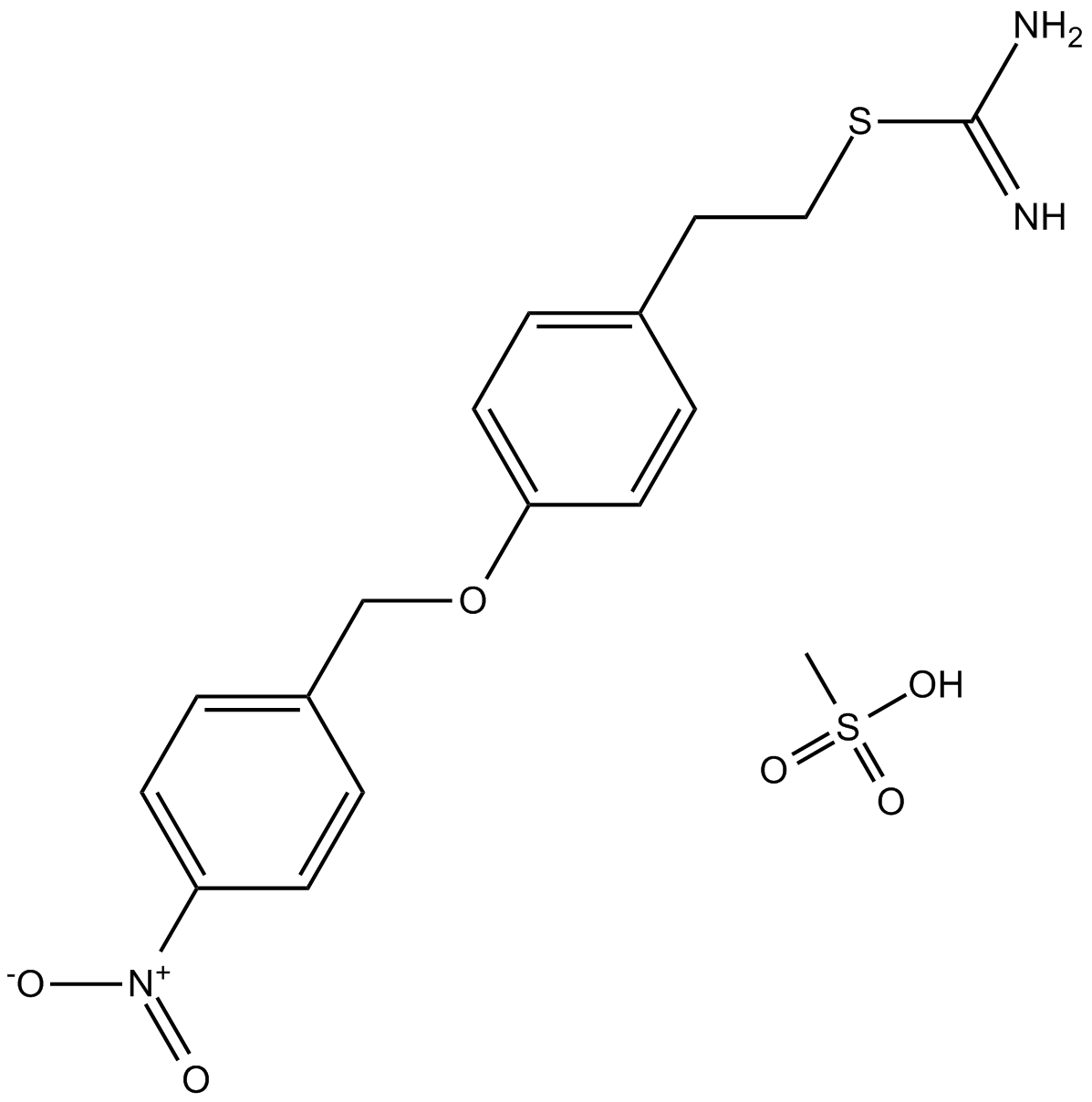 A3525 KB-R7943 mesylateSummary: Inhibitor of the reverse mode of the Na+/Ca2+ exchanger
A3525 KB-R7943 mesylateSummary: Inhibitor of the reverse mode of the Na+/Ca2+ exchanger -
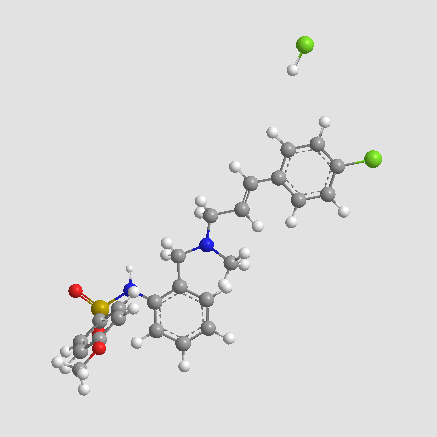 A3530 KN-92 hydrochlorideTarget: Ca2 /calmodulin-dependent protein kinases (CaMKs)Summary: Inactive derivative of KN-93,control compound
A3530 KN-92 hydrochlorideTarget: Ca2 /calmodulin-dependent protein kinases (CaMKs)Summary: Inactive derivative of KN-93,control compound -
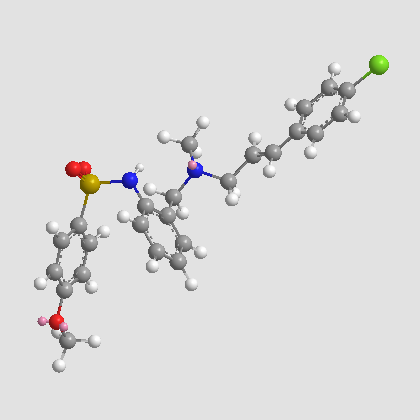 A3531 KN-92 phosphateSummary: CaMKII inhibitor
A3531 KN-92 phosphateSummary: CaMKII inhibitor -
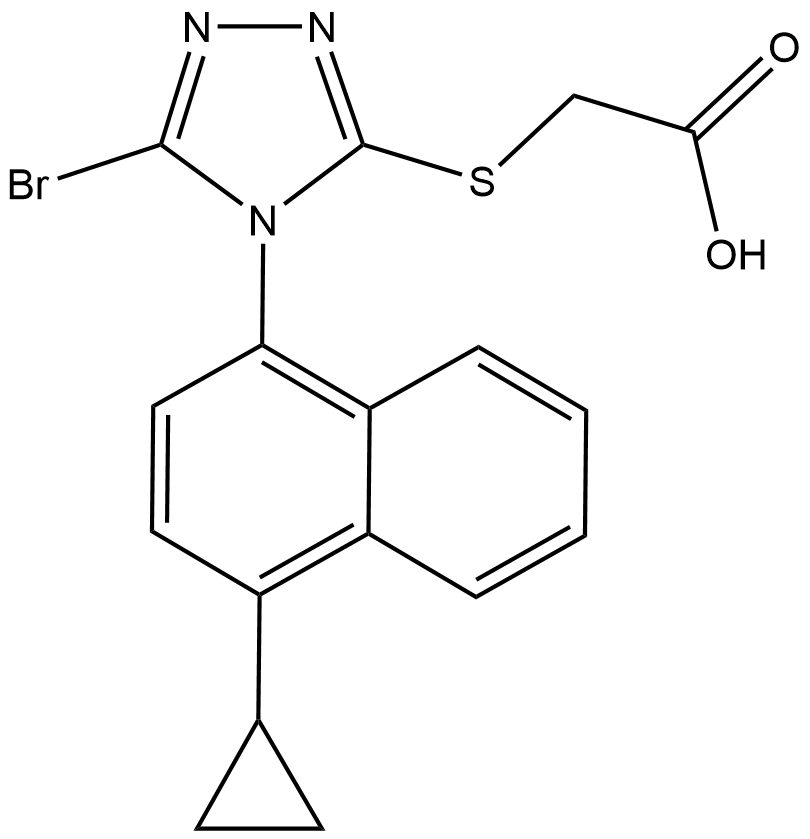 A3549 LesinuradSummary: URAT1 inhibitor
A3549 LesinuradSummary: URAT1 inhibitor -
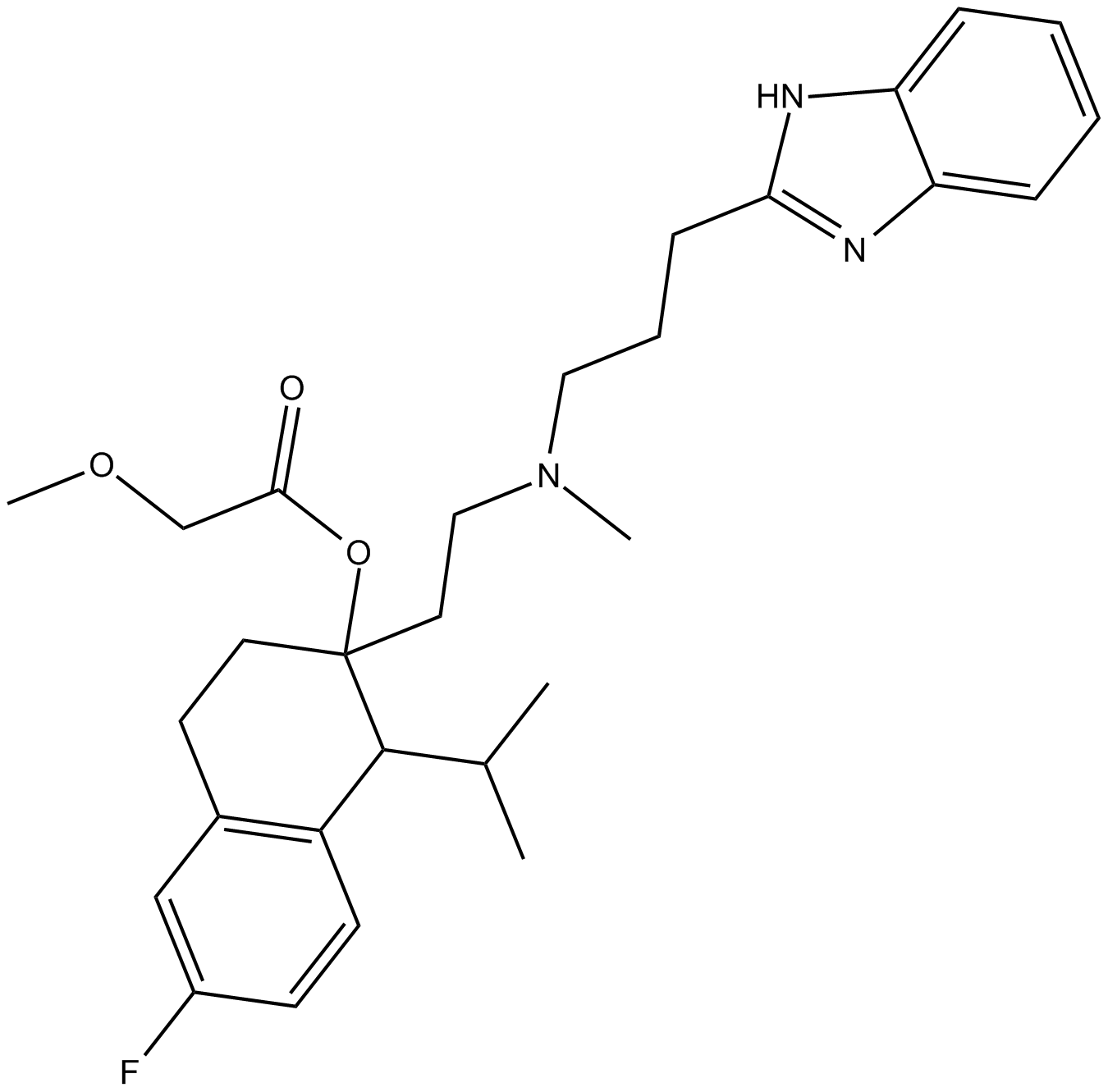 A3604 MibefradilTarget: Voltage-gated Calcium Channels (CaV)Summary: Calcium channel blocker
A3604 MibefradilTarget: Voltage-gated Calcium Channels (CaV)Summary: Calcium channel blocker -
 A3605 Mibefradil dihydrochlorideSummary: Ca2+ channel blocker ,antihypertensive
A3605 Mibefradil dihydrochlorideSummary: Ca2+ channel blocker ,antihypertensive -
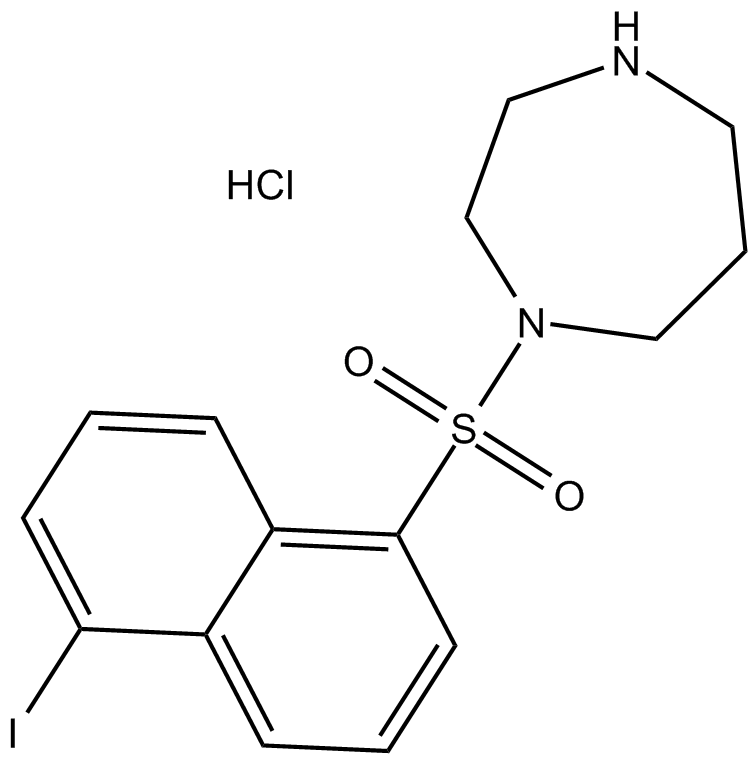 A3626 ML-7 hydrochlorideTarget: Myosin light chain kinases (MLCKs)Summary: Myosin light chain kinase inhibitor
A3626 ML-7 hydrochlorideTarget: Myosin light chain kinases (MLCKs)Summary: Myosin light chain kinase inhibitor -
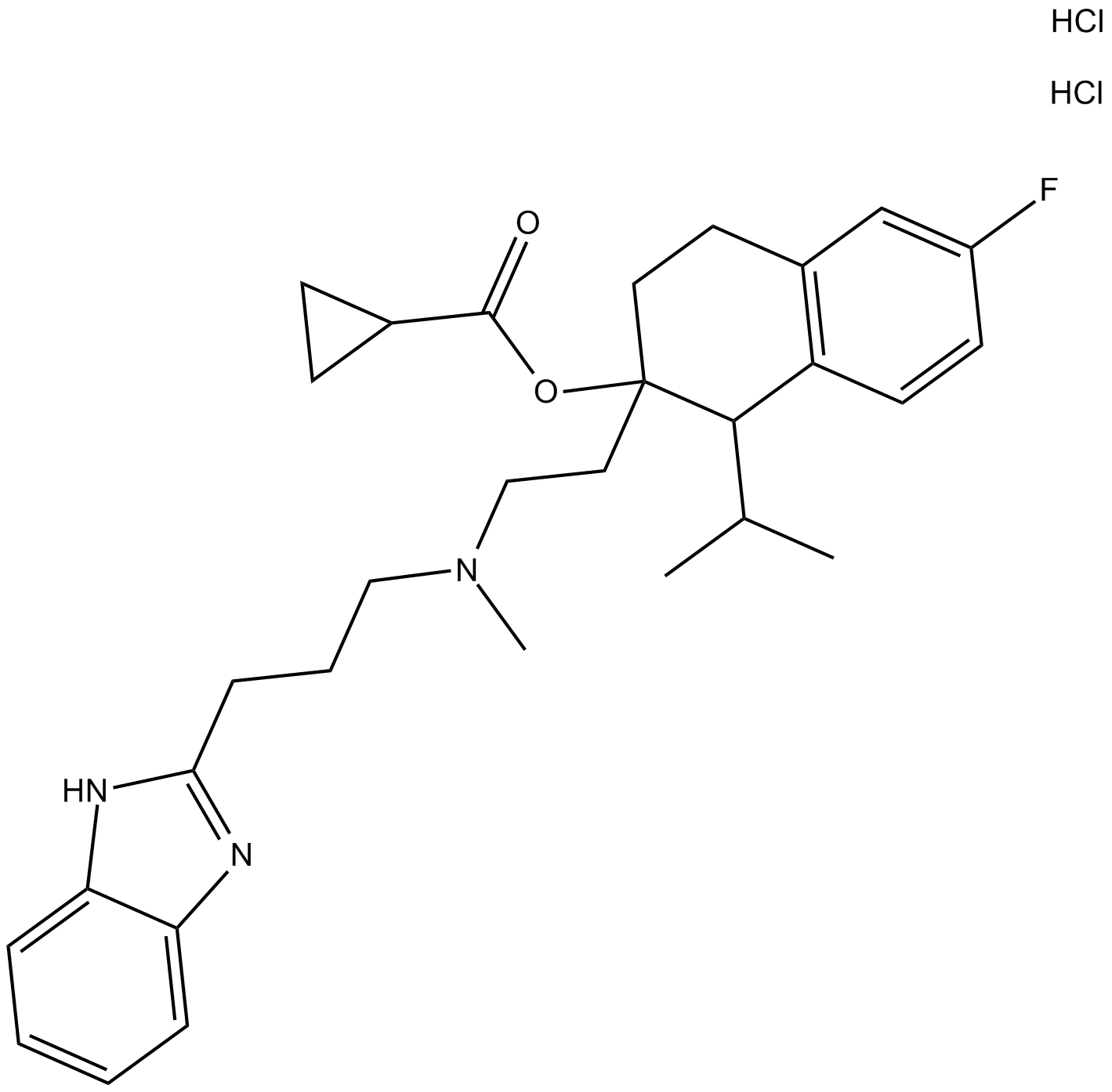 A3662 NNC 55-0396Target: Voltage-gated Calcium Channels (CaV)Summary: T-type calcium channel blocker
A3662 NNC 55-0396Target: Voltage-gated Calcium Channels (CaV)Summary: T-type calcium channel blocker -
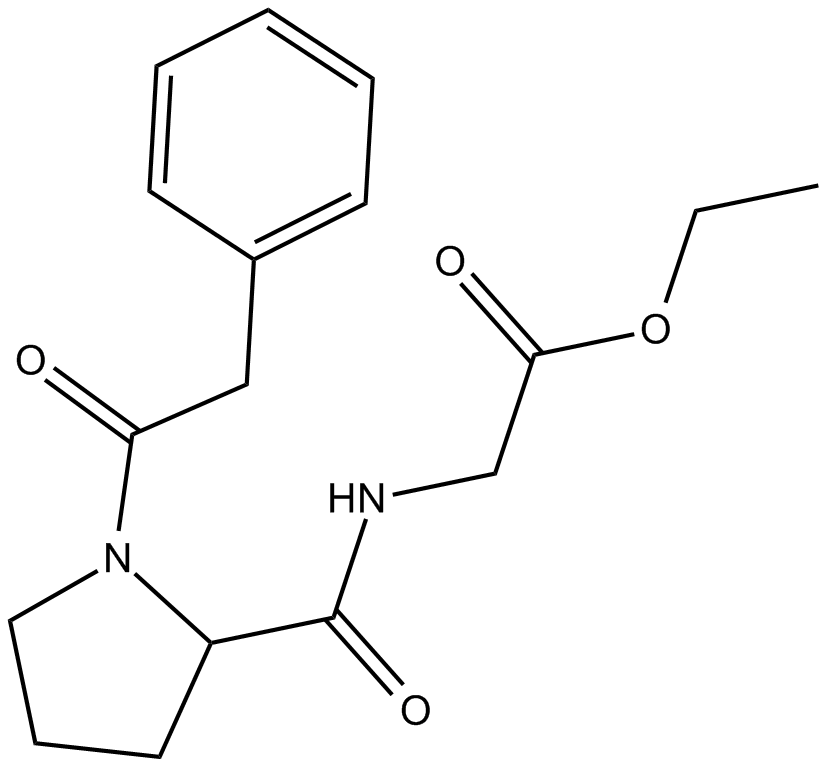 A3663 NoopeptSummary: Nootropic and neuroprotective agent
A3663 NoopeptSummary: Nootropic and neuroprotective agent

